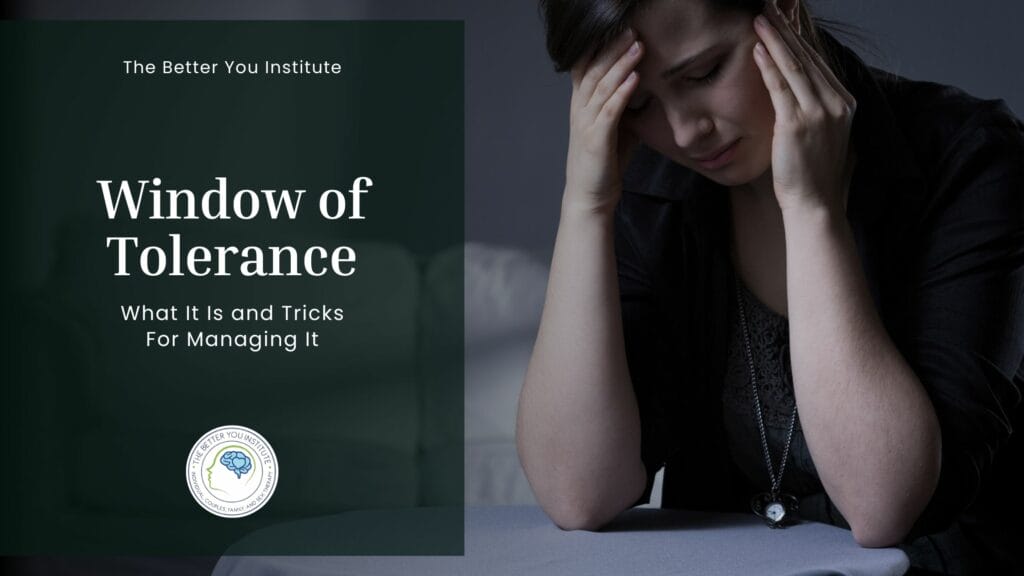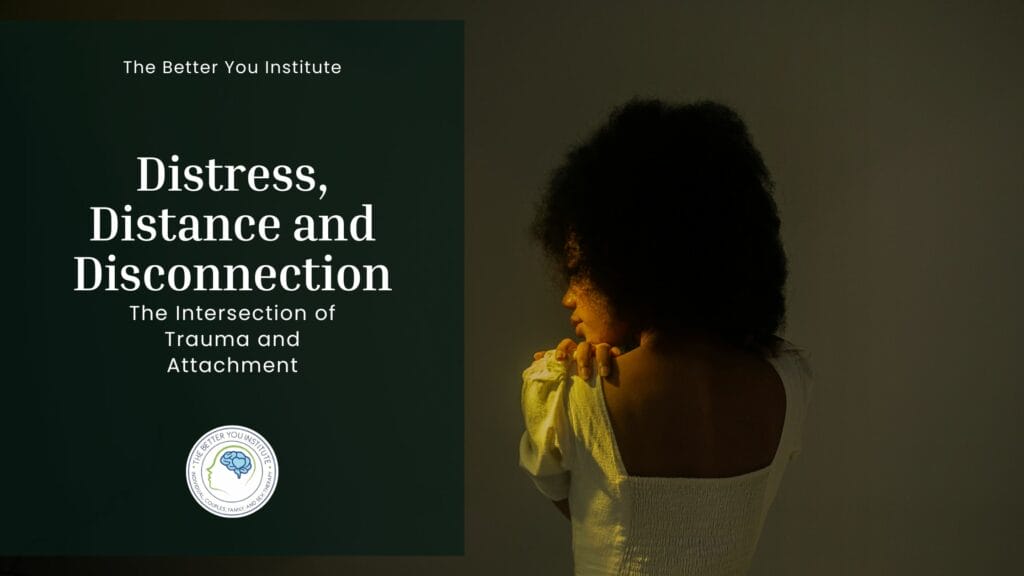Table of Contents
Indicators of needing to reclaim your voice are:
- Do you censor yourself when speaking either out of fear of rejection or being ridiculed?
- Do you struggle with sharing your ideas, thoughts, and beliefs with others out of a lack of confidence that what you have to say matters?
- Do you find yourself saying things like “I don’t know, “I’m not sure” or “I don’t care” when you actually are/do?
- You have a habit of deferring to someone else when you are directly asked to share your thoughts, opinions, or ideas about something.
If this sounds like you, you may be dealing with self-silencing. Self-silencing, also referred to as learned voicelessness, is a form of self-abandonment. Self-abandonment is the act of ignoring, rejecting, or suppressing your authentic self through behavior, speech, or belief. Ultimately, self-abandonment is an act of self-harm. There are internal and external realities that can cause a person to engage in self-silencing and other self-abandonment behaviors.
Factors that Trigger to Self-Silencing
External Factors
- Marginalization/Systemic oppression – Power and privilege organize societies and families by centering the experiences and voices of some people over others. Sometimes when people identify with those marginalized in a family system and/or society, voicelessness can be learned and accepted as the way things are or the way things have to be. For example, in our society, the voices of cisgender males, college-educated persons, and white people are esteemed and valued more than their counterparts. As a result, those who do not hold these identities or statuses sometimes feel less empowered to use their voice because they know they will most likely not be heard.
Likewise, in family systems, esteemed members are more likely to feel empowered to use their voice, while others who have less power in the family may feel it is pointless to use their voice. For example, children from families that hold the belief that “children should be seen and not heard” may struggle with using their voice because they had little or no opportunity to do so in their family of origin. The messages we receive from society and our family members are very powerful. Any system that demands your erasure or a diluted version of your true self should not be submitted to but challenged.
- Cultural expectations– Similarly, cultural beliefs that celebrate silence and submission as an act of respect or obedience can encourage self-silencing and other practices of self-abandonment. The longer a person practices voicelessness or self-abandonment, the more ingrained this behavior becomes. In some cultures, it is rude and disrespectful for children to say no to or question a parent or an authority figure. If you had to self-silence in order to be a “good person/ good child” in your culture, you may incorrectly view this act of self-abandonment as praise-worthy.
Some may even identify their passiveness as being their true self because it is how they have always shown up in life. If you grew up in a household or culture where your silence was expected or encouraged directly or indirectly, you may falsely believe you don’t have a voice. This is a lie. You have always had a voice; what was missing was the opportunity or safety to use it. Your uneasiness and dissatisfaction with your self-silencing are evidence of this. You have something to say, you have something to add and contribute but learned voicelessness is holding you back.
- Abuse/Trauma – Self-Silencing can be a trauma response. If you ever experienced abuse for saying the wrong thing or trauma around using your voice, censorship and self-silencing can be adopted as a way to protect yourself or appease your abuser. Among other things, trauma around using your voice can look like being hit, screamed at, isolated or shamed for speaking your mind or saying something “the wrong way.” These experiences can be very hurtful and can make a person develop so much anxiety around sharing their mind that they adopt silence or censorship to prevent repeating the trauma.
There is a difference between peace and silence. True peace is marked by peace within oneself. Self-abandonment and silencing yourself will never lead to true peace. Other times, passiveness can come out of a fear of becoming like your abuser. In a well-meaning effort to not be aggressive or abusive, some people have adopted passiveness as kindness. There is a distinct difference between aggressiveness and assertiveness. Abandoning self through self-silencing is not kindness. Honoring self through assertiveness is true kindness.
Internal Factors
When these harmful realities and experiences stated above are internalized, it can create internal barriers that can perpetuate self-silencing behaviors. Some of these internal barriers are:
- Fear of rejection
- Fear of abandonment
- Fear of being judged
- Fear of embarrassment
- Anxiety/ Social anxiety
- People pleasing
- Devaluing your voice/ lack of confidence
- Comparison
- Freezing
- Low self-esteem
- Becoming small
- Negative self-talk
- Identifying as: small/ unimportant/ burdensome/ not seen, or not heard
Steps to Reclaim your Voice
- Increase self-awareness: Becoming more aware of the external and internal factors that influence your self-silencing behavior is half the battle for reclaiming your voice. To do this it may be helpful to explore the following questions with yourself or a professional therapist:
- What do I think disqualifies me from using my voice to share my thoughts, ideas, opinions or experiences?
- What happened? When did I begin silencing myself?
- What do I think will happen if I use my voice?
- What am I trying to gain or maintain by self-silencing?
- What am I afraid of losing if I use my voice?
- Unlearn Harmful Narratives: As you answer the questions above, you may find that you have internalized negative message(s) or negative experience(s) that have made using your voice feel uncomfortable, threatening, or unsafe. Healing from these experiences and unlearning these negative beliefs is a significant step to reclaim your voice. Can you identify what these were and work to reframe them?
-
- What messages did I receive growing up surrounding how I should or should not use my voice?
- Example: The adults are talking, you don’t need to involve yourself here. Go play.
- What you learned is that your voice is less important than adults, which never translated as you got older and became an adult.
- Reframe: My voice is just as important as everyone else’s and I deserve to have my opinions heard.
- Example: The adults are talking, you don’t need to involve yourself here. Go play.
- What experiences felt scary to me growing up that I adapted and kept safe?
- Example: Having a caregiver constantly yell at you for things you did not do around the house.
- What you learned: hide in your room in order to not activate the yelling, which translates to isolate yourself, don’t go out, and be small in groups of people.
- Reframe: Others are on their own personal journeys. A negative response to me in a conversation or at work has more to do with where a person is in their journey than it does with my personal value.
- Example: Having a caregiver constantly yell at you for things you did not do around the house.
- What messages did I receive growing up surrounding how I should or should not use my voice?
- Respond with Resilience: When you speak up, it is not always going to be a positive experience. In fact, your worst fears may come true. People may laugh at you, ignore you, or maybe even attack you for something you say. When this happens, it is easy to become discouraged and slip back into censorship or self-silencing. Building resilience empowers you to push through negative emotions, reclaim your voice and stay committed to using and honoring your voice. Building resilience when things don’t go the way you want can look like this:
- Practicing self-compassion through positive self-talk
- Self-validating
- Normalizing rejection and not taking it too personally
- Finding safe spaces and people who value your voice for additional support/validation
- Reframing your perspective to elicit a more positive feeling
- Hold empathy for the other people involved that their response may not be about you but instead something that they are experiencing
- Practice and embrace the process: Reclaiming your voice is not a passive journey. Actively and intentionally practicing using your voice is the most effective way to get better at it. This means it is important to embrace the process and manage your expectations. Remember you are doing something out of your comfort zone. Give yourself the grace to be a beginner. Remember, how you use your voice is unique to who you are as an individual. There is not a specific way you need or have to sound before you can speak up. If you have never used your voice and have no idea how to begin, try finding a role model whose style of using their voice feels authentic to who you are as a person. Do not try to be exactly like them. It is okay to adopt different stylistic features from them and make them your own.
Conclusion
There are many reasons people practice self-silencing. It is important to shift out of this behavior because you deserve to be heard. Your ideas deserve to be heard. Your opinions and experiences matter. Your voice is valuable. Using your voice is not only beneficial to you; when you speak up, you give others the opportunity to learn, grow and expand their understanding from your contribution. Your voice is a gift. Give yourself permission to unwrap it and share it with others.
If you would like to reclaim your voice and want more support in understanding your learned voicelessness, self-silencing, censorship, or other self-abandonment practices, or help processing and healing trauma around using your voice, please reach out to our trained therapists at The Better You Institute. Call us at 267-495-4951.







